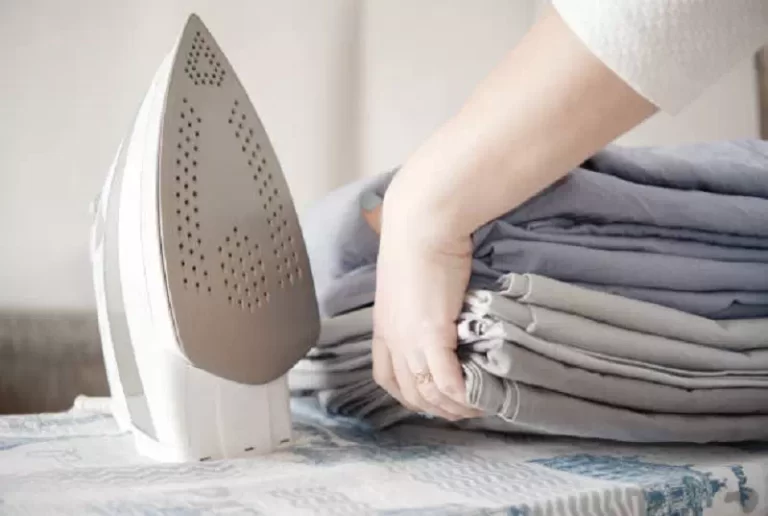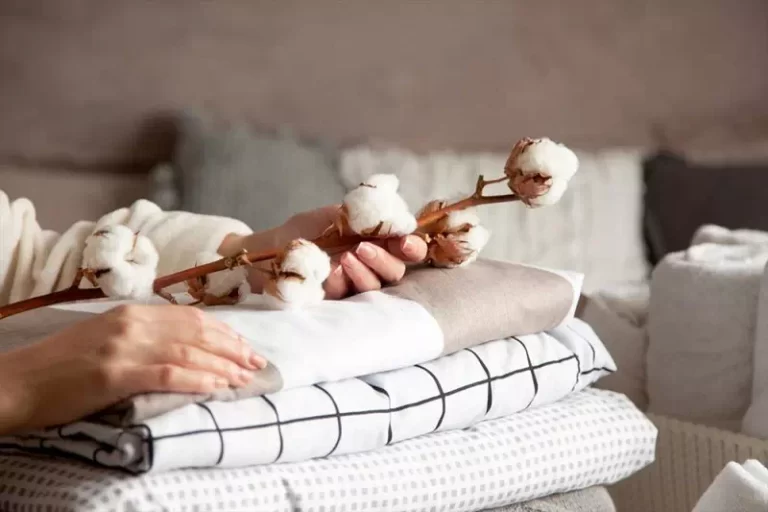Textile products occupy an important place in every home. They not only add coziness to the interior, but also perform practical functions. Proper care of textile products allows you to preserve their appearance and extend their service life.
Here are the basic care rules for different types of textiles.
1. Reading labels

Manufacturer’s instructions:
Before washing or ironing a textile product, be sure to read the label. It contains basic care recommendations, including acceptable temperatures for washing, ironing, bleaching and machine drying.
Markings:
Labels often use special symbols that indicate how to properly care for the product. Knowing these symbols will help avoid fabric damage. For example, the symbol “hand in a bowl” means that the product must be washed by hand, and a crossed out triangle means that the product cannot be bleached.
2. Washing

Sort by color:
Always sort textiles before washing. Separate white, light and colored items to avoid discoloration. Black and dark colors are best washed separately to prevent fading.
Temperature mode:
For each type of fabric, there is an optimal washing temperature. For example, cotton can withstand high temperatures, while delicate fabrics such as silk or wool should be washed at a low temperature (30-40°C). Use the soft mode for thin fabrics and the standard mode for stronger materials.
Choice of detergent:
There are special detergents for each type of textile. For delicate fabrics, it is better to use gel or liquid products that carefully clean the fibers without damaging them. Products with whitening components are suitable for white items, and products with a formula that preserves the brightness of colors are suitable for colored items.
3. Drying

Air drying:
The best way to dry most textiles is to air dry. It is important not to expose the fabric to direct sunlight to avoid color fading.
Tumble Dry:
If using a tumble dryer, make sure the fabric is suitable for this method. Some fabrics may shrink or lose shape after machine drying. Use the delicate drying mode for thin and delicate fabrics.
Horizontal drying:
Delicate fabrics such as wool are best dried horizontally on a towel. This will help to avoid stretching and loss of shape.
4. Ironing

Ironing temperature:
For each type of fabric, there is an optimal ironing temperature. For example, cotton can withstand a high temperature, while silk or polyester should be ironed at a low temperature. Use steam to smooth out complex creases.
Ironing from the wrong side:
To preserve the color and texture of the fabric, iron the products from the wrong side. This is especially important for dark and bright fabrics, which can lose color from exposure to high temperatures.
Use of underlays:
For delicate fabrics, use an additional fabric underlay or gauze when ironing. This will help prevent shine and damage.
5. Storage

Storage in a dry place:
Textile products should be stored in a dry, well-ventilated place. Moisture can lead to mold and unpleasant odors.
Using storage bags:
To store delicate items such as tablecloths or bedspreads, use special textile bags. This will help prevent dust and damage.
Folding or hanging:
Folding textiles allows you to keep their shape and avoid unnecessary creases. For clothes that wrinkle easily, it is better to use hangers.
Proper care of textile products is the key to their long-term use and preservation of their appearance. Follow the basic rules of washing, drying, ironing and storage so that your textiles always look like new. Using these tips, you can preserve the beauty and quality of your favorite textiles for many years.















